What is a USB Flash Drive?
USB Flash Drives Defined
USB flash drives — also known as thumb drives or pen drives — are compact, portable data storage devices that use flash memory to store information.
Equipped with a USB (Universal Serial Bus) interface, they are universally compatible with computers and other devices featuring USB ports — provided they have the same connector — making them a versatile tool for data transfer and backup. These drives are a reliable way to carry, share, and protect your content, such as documents, photos, and videos, due to their durability and lack of moving parts.
Ranging in capacity from a few gigabytes to several terabytes, USB flash drives can help you tackle a wide variety of storage needs, from quick file transfers to extensive data backup solutions. Their plug-and-play functionality means that you can get them up and running easily by simply plugging them into a USB port without the need for installing drivers or software.
Is a USB Flash Drive Right for Me?
Considering whether you should add a USB flash drive to your backup strategy? Discover use cases that might make USB flash drives the right choice for saving and sharing your content.
Portable Backup
If you're looking for a simple way to back up essential files like documents, photos, or contacts, a USB flash drive could be your go-to. Compact and easy to carry, it ensures your data is always within reach.
Quick Data Transfers
You need to move files quickly between computers or other compatible devices without constant internet connectivity. USB flash drives can offer a fast, reliable solution with plug-and-play usability for immediate data transfers and ease of access.
Secure Data Storage
Concerned about keeping sensitive information safe while on the move? Consider a USB flash drive with encryption and password protection to secure your data against unauthorized access.
Media Sharing
Love sharing large files, such as videos and high-resolution images, without losing quality? USB flash drives provide a convenient and efficient way to distribute media among friends, family, or colleagues.
Emergency Boot Media
Tech enthusiasts or IT professionals needing a reliable tool for computer repairs or diagnostics will find USB flash drives ideal for creating bootable media, facilitating quick and efficient system recovery.
Event Giveaways
Planning an event or looking for branded promotional items? Branded USB flash drives make for practical giveaways, offering a dual benefit of utility and marketing for your brand.
Educational Tools
Teachers and students can benefit from using USB flash drives for exchanging coursework and educational resources, ensuring essential materials are easily accessible without internet dependency.
Car Multimedia Systems
If your car features a USB port for music or dash cam storage, a USB flash drive could be a great choice. It can deliver a straightforward solution to manage video recordings, add music locally, and more.
The History of USB Flash Drives
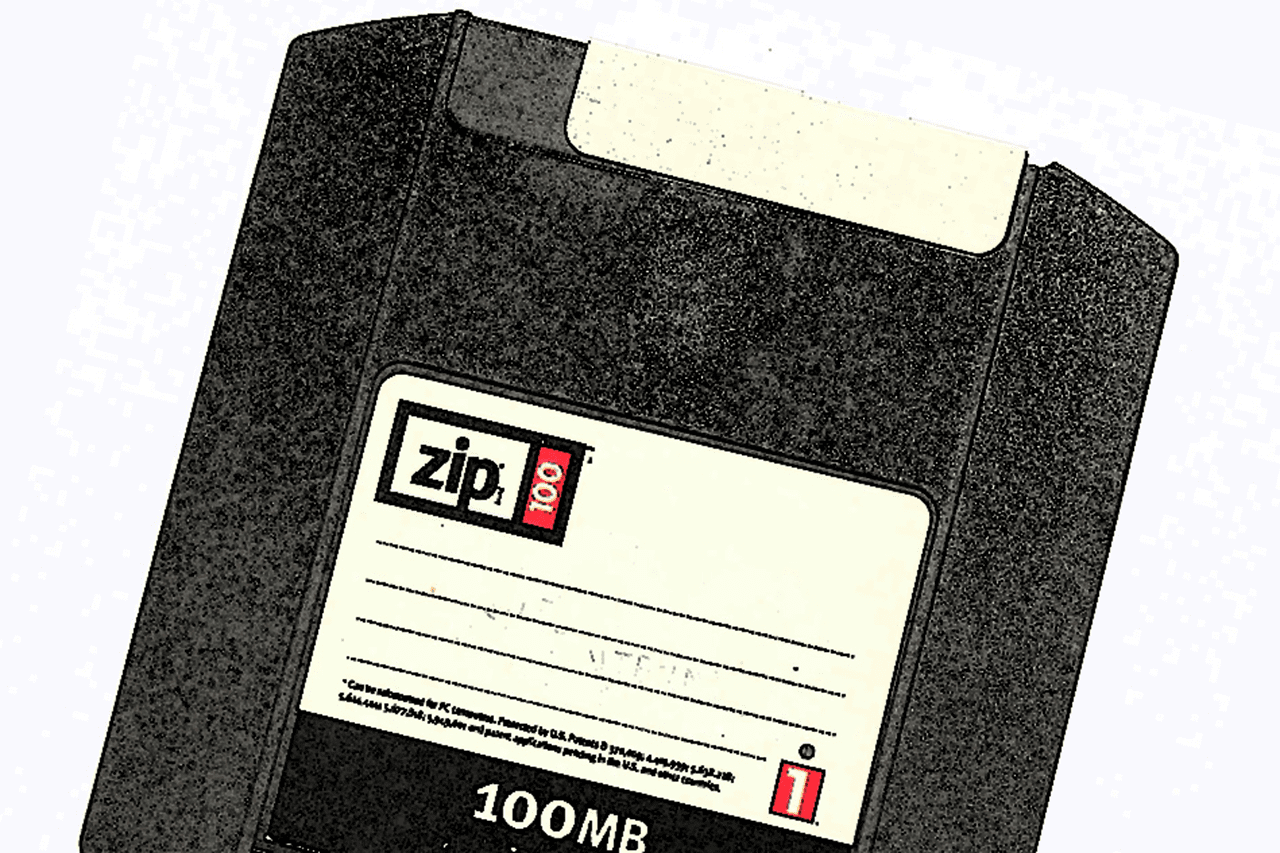
By the late 1990s, the personal computing revolution meant that users needed more capacity than floppy disks and Zip drives could provide — as well as storage that was more compatible across different devices.
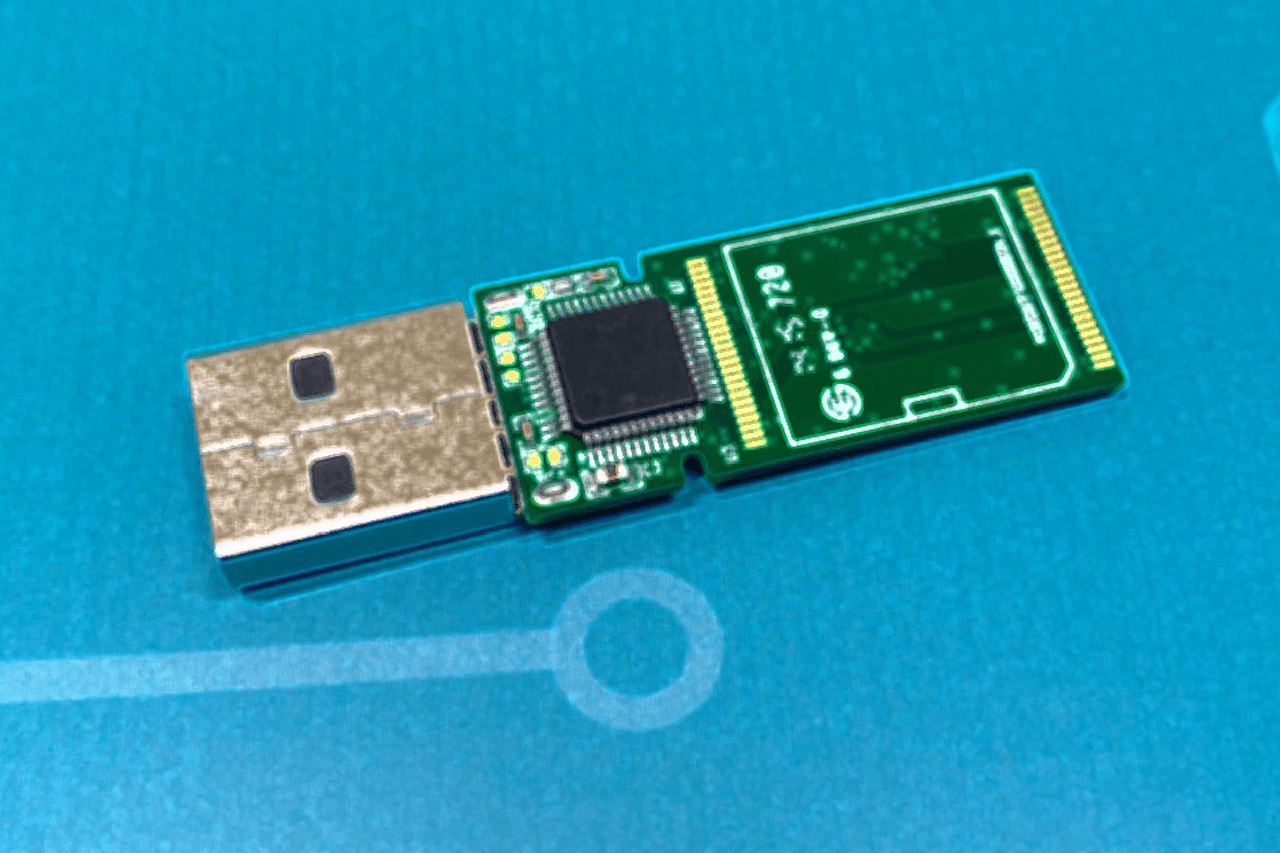
At the turn of the millennium, USB flash drives emerged as a solution with the fusion of two new technologies: NAND flash memory, invented in 1987, and the USB protocol, developed in the mid-1990s.
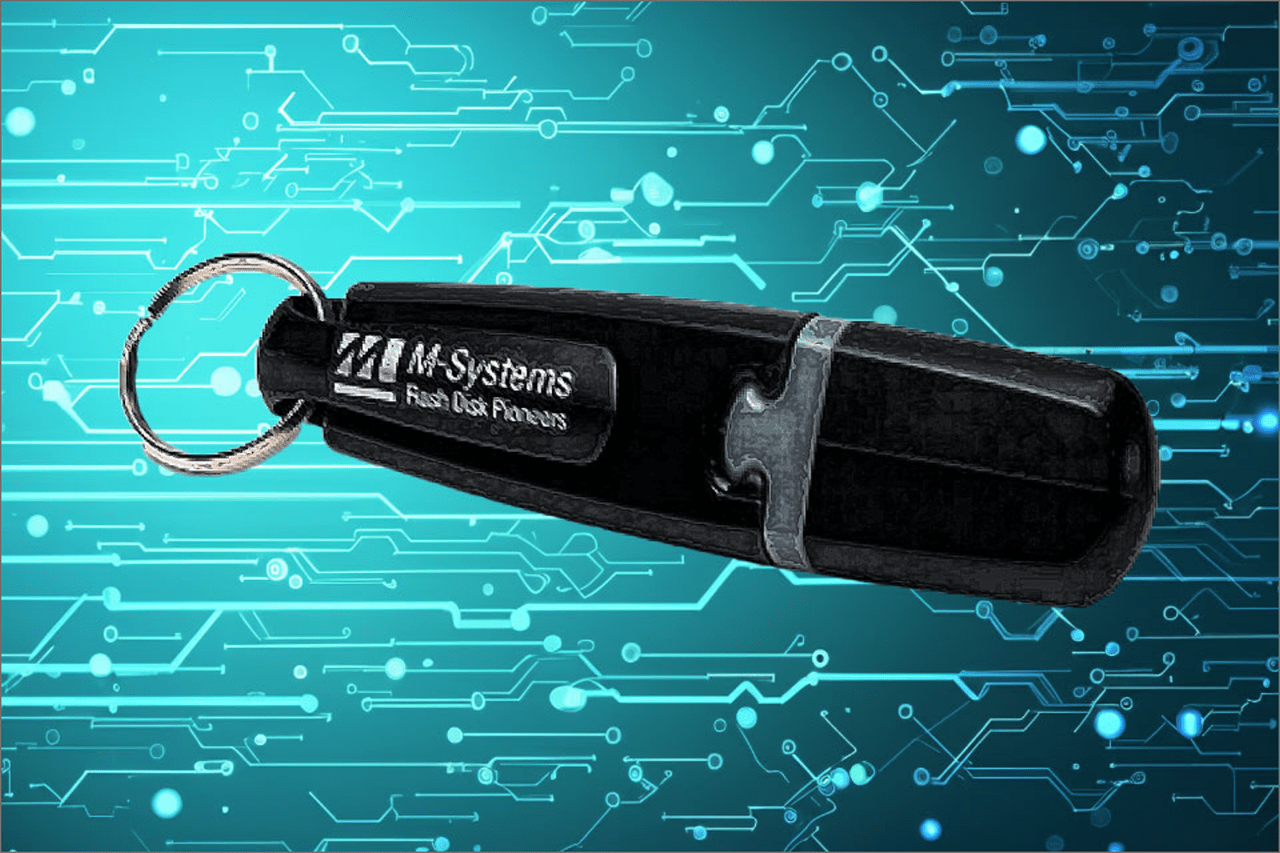
Drawing on these new technologies, M-Systems introduced the world’s first USB flash drive, the DiskOnKey, in 1999. This invention marked a milestone in portable data storage, offering a compact, easy-to-use solution to transfer and store media.
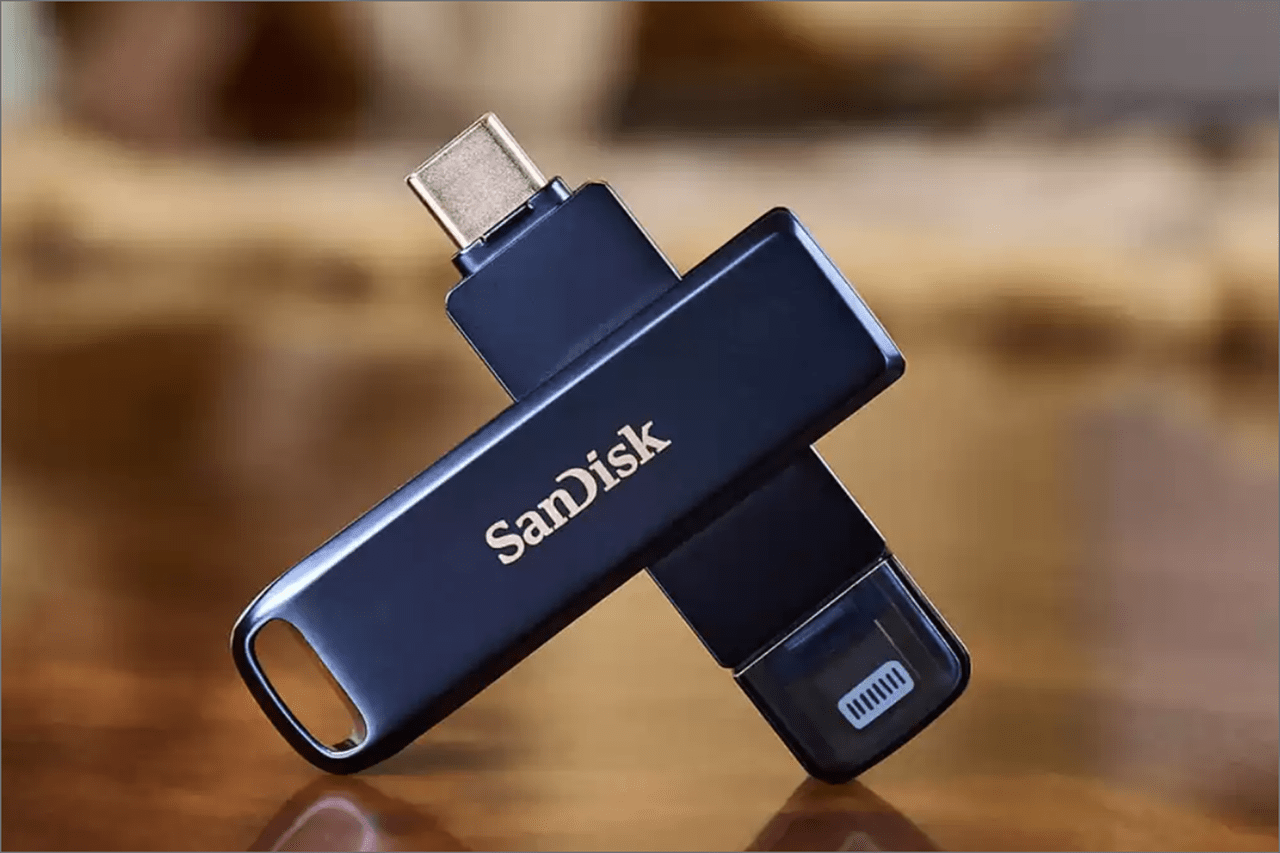
USB flash drives have grown dramatically since the first 8MB device sold in 2000. Companies like SanDisk have pushed capacities up to 1TB and designed models that feature USB-C, micro-USB, and Lightning.
Pros and Cons of USB Flash Drives
Considering whether you should add a USB flash drive to your backup strategy? Discover use cases that might make USB flash drives the right choice for saving and sharing your content.
Pros of USB Flash Drives
Cons of USB Flash Drives
- Portability: USB flash drives are small and lightweight, making them an easy way to transport your content safely.
- Wide compatibility: With options for the latest USB standards, USB flash drives deliver fast speeds and plug-and-play capabilities on most systems.
- Storage capacity: USB flash drives may be small, but with models offering up to 1TB in capacity, they have serious storage potential.
- Durability: Lacking moving parts, USB flash drives are resistant to physical shock and wear compared to traditional mechanical hard drives.
- Data retention: They can retain data for long periods of time without power, thanks to non-volatile flash memory.
- Limited write cycles: Flash memory has a finite number of write/erase cycles, which means that your USB flash drive will eventually wear out.
- Data security risks: USB flash drives can be vulnerable to unauthorized access, so it’s important to keep your data protected.
- Lower speed compared to SSDs: Although they deliver fast speeds, USB flash drives still aren’t as fast as most solid state drives.
- Risk of corruption: USB flash drives can be prone to data corruption, like if they’re removed from a computer without properly ejecting them first.
- Potential for malware: If plugged into an infected computer, USB flash drives might become vectors for bad actors.
How Do USB Flash Drives Work?
Learn more about how USB flash drives work. See what’s inside a USB flash drive, and how these components work together to save data in a portable, durable form factor.
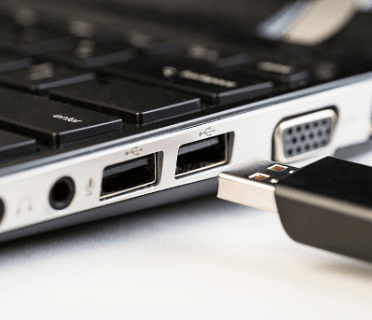
USB Connector
The physical component that connects a USB flash drive to the USB port on a host device. When inserted, it transfers power and data between the drive and the host.
The type of USB connector (e.g., USB-A, USB-C) and its standard (USB 2.0, 3.0, etc.) determine the data transfer speed and compatibility with different devices.
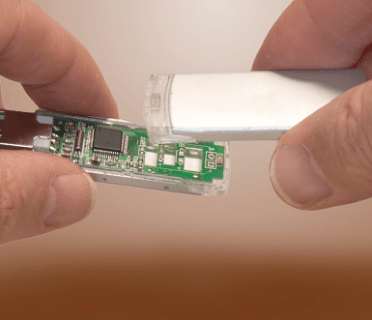
Controller
The brain of a USB flash drive. It manages operations within the drive, including interfacing with the host device, directing data storage and retrieval, executing error checking and correction, and managing wear leveling.
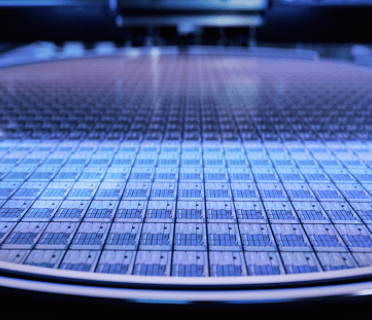
NAND flash memory chips
Stores the actual data. NAND flash memory is non-volatile, meaning it doesn’t require power to retain data.
Data is stored in an array of memory cells, each of which can hold one or more bits of information. The density and speed of these chips affect the overall storage capacity and performance of the drive.
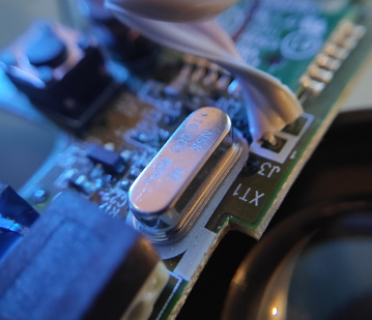
Crystal oscillator
The physical component that connects a USB flash drive to the USB port on a host device. When inserted, it transfers power and data between the drive and the host.
The type of USB connector (e.g., USB-A, USB-C) and its standard (USB 2.0, 3.0, etc.) determine the data transfer speed and compatibility with different devices.
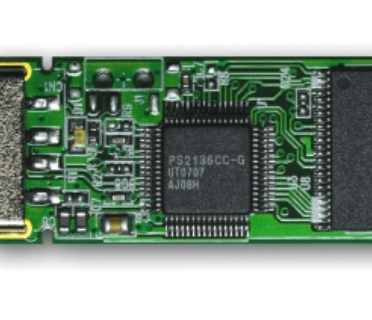
Printed circuit board (PCB)
The brain of a USB flash drive. It manages operations within the drive, including interfacing with the host device, directing data storage and retrieval, executing error checking and correction, and managing wear leveling.
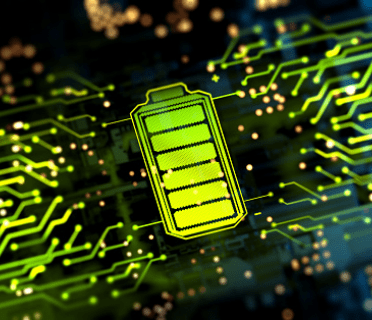
Power supply circuitry
Stores the actual data. NAND flash memory is non-volatile, meaning it doesn’t require power to retain data.
Data is stored in an array of memory cells, each of which can hold one or more bits of information. The density and speed of these chips affect the overall storage capacity and performance of the drive.
How Do You Use a USB Flash Drive?
- Plug in your USB flash drive: Insert the USB flash drive into a USB port on your computer or other compatible device.
- Wait for recognition: After plugging in the drive, wait a moment for your computer to recognize it. You’ll typically see a notification or icon appear on your screen, which means the drive is ready for use.
- Open the drive:
- On Windows, open File Explorer and look for the drive under This PC or My Computer.
- On Mac, the drive will appear on the desktop or in the Finder under Devices.
- Transfer files:
- On Windows, to copy files to the flash drive, drag them from their location on your computer and drop them onto the flash drive’s window.
- On Mac, to copy files from the flash drive, drag them from the flash drive’s window to a location on your computer.
- Manage files: You can create new folders, rename files, delete items, or move content around within the flash drive just like your computer’s internal storage.
- Eject the flash drive:
- On Windows, right-click the drive icon in File Explorer and select Eject.
- On Mac, drag the drive icon to the Trash (which turns into an Eject icon), or right-click and select Eject.
- Remove the flash drive: After your computer says that it’s safe to remove the drive, gently pull the flash drive out of the USB port.
How Do You Format a USB Flash Drive?
You can easily format a USB flash drive by plugging it into your computer, opening the drive, and clicking on Format for Windows or Erase from Disk Utility for Mac.
However, the main thing you’ll need to decide is what file system to use for the formatting process.
Here’s a quick guide to your options:
- FAT32: Best for compatibility with both Windows and Mac — but has a 4GB file size limit.
- NTFS: Good for Windows-only use, supports large files.
- exFAT: Suitable for both Windows and Mac, supports large files.
- MacOS Extended (Journaled): Best for Mac-only use.
How Do You Recover Data Off a USB Flash Drive?
If your USB flash drive is experiencing data loss, you may want to try some of these methods for recovering your content:
Check Your Connections
- Make sure the USB drive is properly connected to the computer.
- If it's not recognized, try a different USB port.
- Try another computer — sometimes the issue might be the computer itself.
Try Some Basic Troubleshooting
- Check the Drive in File Explorer for Windows or Finder for Mac.
- Look in Trash or Recycle Bin for deleted files.
Use Data Recovery Software
- Choose reputable backup software options compatible with your device
- Follow the software’s instructions to scan your USB drive for recoverable files.
- Once the scan is complete, select files and save them to a different location.
What Size USB Flash Drive Do I Need?
Here’s a quick guide to help you choose, from 64GB up to 1TB:
- 64GB: Basic backup of personal files like documents, casual photo collections, and some multimedia like music and video.
- 128GB: General backup of mid-sized multimedia libraries, including photos, videos, and music, plus gaming files and documents.
- 256GB: Partial system backup of large photo collections, video and music libraries, large gaming storage, and document archives.
- 512GB: Full system backups of large multimedia projects, software collections, and your largest gaming storage.
- 1TB: Extensive system backups for professional multimedia libraries, massive document files, and multiple large gaming saves.
USB Flash Drive FAQs
A USB drive provides a compact and portable solution for storing, transferring, and backing up data. Simply plug it into a USB port, and you can easily move files between compatible devices, share documents and media, or keep a secure copy of important information.